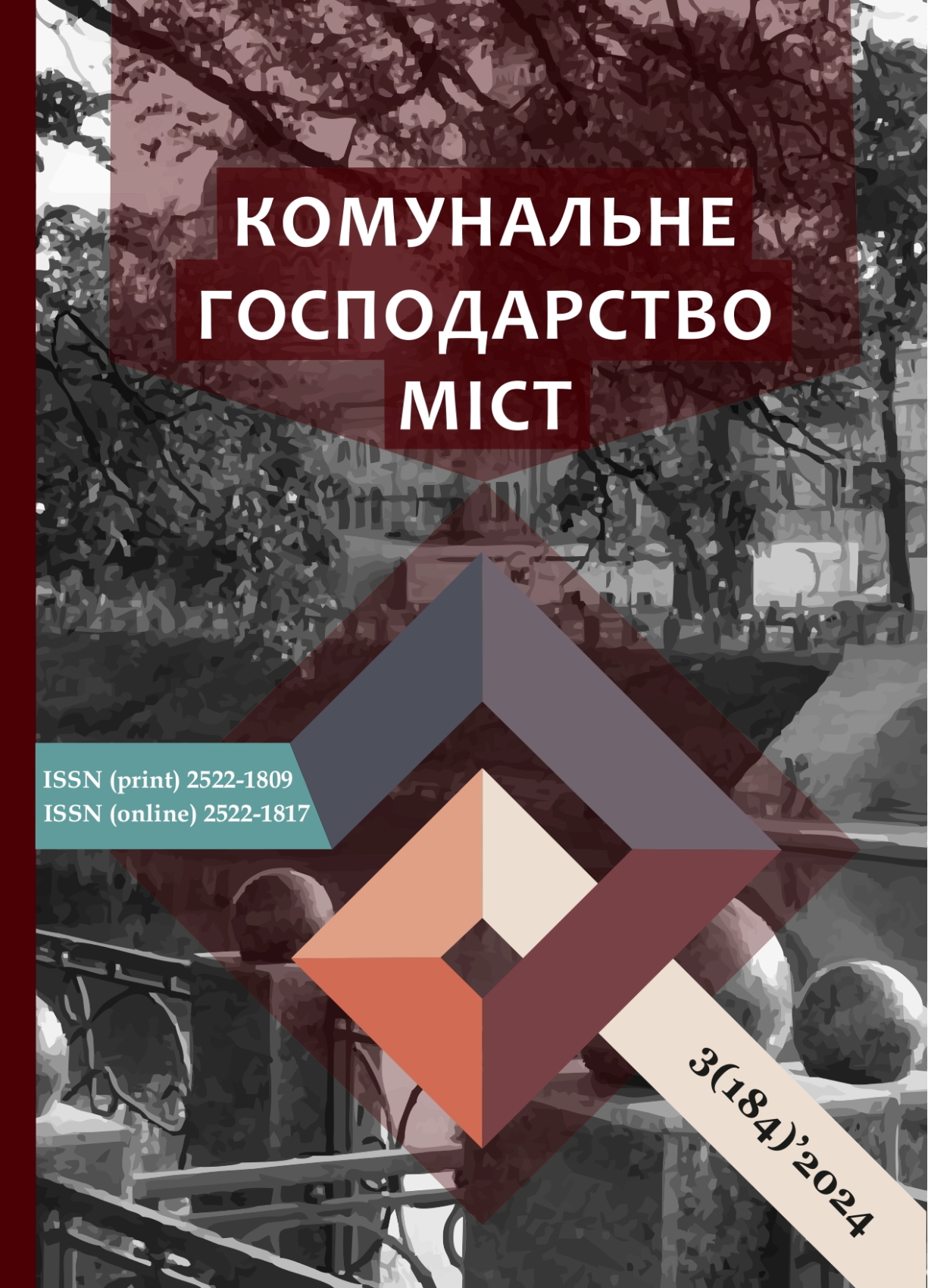FEATURES OF COMBINING THE RESULTS OF 3D LASER SCANNING FROM DIFFERENT STATIONS USING MAGNETIC SPHERES
DOI:
https://doi.org/10.33042/2522-1809-2024-3-184-129-133Keywords:
3D laser scanning, magnetic spheres, stitching algorithm, point cloud, Trimble RealWorksAbstract
3D laser scanning is becoming an increasingly important technology in the modern world, opening up endless possibilities for obtaining accurate geometric parameters of various objects. So, due to its efficiency and accuracy, this technology is becoming indispensable in such industries as surveying, construction support, executive surveying, geodetic monitoring, and others.
However, despite the many advantages of laser scanning, it has a limitation that can significantly affect the results, namely the algorithm for stitching individual scans into a single-point cloud. Most scanners do not have built-in capabilities to stitch together scan results from multiple stations automatically. Therefore, obtaining a single-point cloud requires using alternative methods.
Modern laser scanner companies offer a variety of models with unique technical characteristics. The right choice of scanner functionality is crucial when performing various technological tasks throughout the entire process, from scanning to obtaining the result. The technical parameters of laser scanners, such as measurement accuracy, maximum scanning range, and scanning speed, vary depending on the type of objects scanned and the necessary results. The use of magnetic spheres becomes an essential aspect of ensuring scanning accuracy. They facilitate stitching data from different stations and allow automated search for stitching points, simplifying data processing.
An algorithm built into Trimble RealWorks software automatically detects magnetic spheres in the point cloud. It uses an appropriate transformation to join two adjacent scans from different stations if more than three identical spheres are present.
The article aims to study the peculiarities of combining the results of 3D laser scanning from several stations using magnetic spheres. It discusses the analysis of the technical parameters of the Trimble TX6 laser scanner, variations in the use of magnetic spheres to ensure the accuracy of combining scanning results, and the advantages and disadvantages of this approach.
References
Trevogo, I., Chetverikov, B., Kilaru, V., & Vanchura, O. (2019). INNOVATIVE DIGITAL TECHNOLOGIES AND NEW TECHNIQUES AT «INTERGEO–2018». Modern achievements of geodetic science and production, (1), 11-15 [in Ukrainian]
Adamenko, O., Annenkov, A., Medvedskyi, Yu., Tsykolen-ko, O., & Gavrilov, E. (2023). Investigation of the accuracy of determining the coordinates of spheres using the FARO Focus S 120 laser scanner. Spatial development, (5), 240-257 [in Ukrainian]
Boehler, W., Heinz, G., & Marbs, A. (2002). The potential of non-contact close range laser scanners for cultural heritage recording. International archives of photogrammetry remote sensing and spatial information sciences, 34 (5/C7), 430-436.
Doroshenko, Y., & Neshchadym, V. (2022). Scenario of complex 3d modeling of the relief surface of the facade decoration element based on laser scanning data. Theory and practice of design, (25), 58-65 [in Ukrainian]
Gikas, V. (2012). Three-dimensional laser scanning for geometry documentation and construction management of highway tunnels during excavation. Sensors, 12 (8), 11249-11270.
Bi, S., Yuan, C., Liu, C., Cheng, J., Wang, W., & Cai, Y. (2021). A survey of low-cost 3D laser scanning technology. Applied Sciences, 11 (9), 3938.
Hess Mona. 3D laser scanning. Digital techniques for documenting and preserving cultural heritage, 2017, 199-206.
NASA created powerful lasers to increase GPS accuracy. Retrieved from https://psm7.com/uk/news/nasa-sozdala-moshhnye-lazery-dlya-povysheniya-tochnosti-gps.html [in Ukrainian]
Trimble TX6/TX8. (2017). 3D laser scanner: user manual.
Trimble RealWorks. (n.d.). Retrieved from https://geospatial.trimble.com/en/products/software/ trimble-realworks [in Ukrainian]
Kulikovska, O. Ye., & Atamanenko, Yu. Yu. (2015). Prospects for the use of laser scanning data processing pro-grams in road accident mapping. Engineering geodesy, 62, 91-97 [in Ukrainian]
Schultz, R. (2010). Calculation of ground laser scanning parameters. Modern achievements of geodetic science and production, 1(19), 166-169 [in Ukrainian]
Downloads
Published
How to Cite
Issue
Section
License
The authors who publish in this collection agree with the following terms:
• The authors reserve the right to authorship of their work and give the magazine the right to first publish this work under the terms of license CC BY-NC-ND 4.0 (with the Designation of Authorship - Non-Commercial - Without Derivatives 4.0 International), which allows others to freely distribute the published work with a mandatory reference to the authors of the original work and the first publication of the work in this magazine.
• Authors have the right to make independent extra-exclusive work agreements in the form in which they were published by this magazine (for example, posting work in an electronic repository of an institution or publishing as part of a monograph), provided that the link to the first publication of the work in this journal is maintained. .
• Journal policy allows and encourages the publication of manuscripts on the Internet (for example, in institutions' repositories or on personal websites), both before the publication of this manuscript and during its editorial work, as it contributes to the emergence of productive scientific discussion and positively affects the efficiency and dynamics of the citation of the published work (see The Effect of Open Access).

